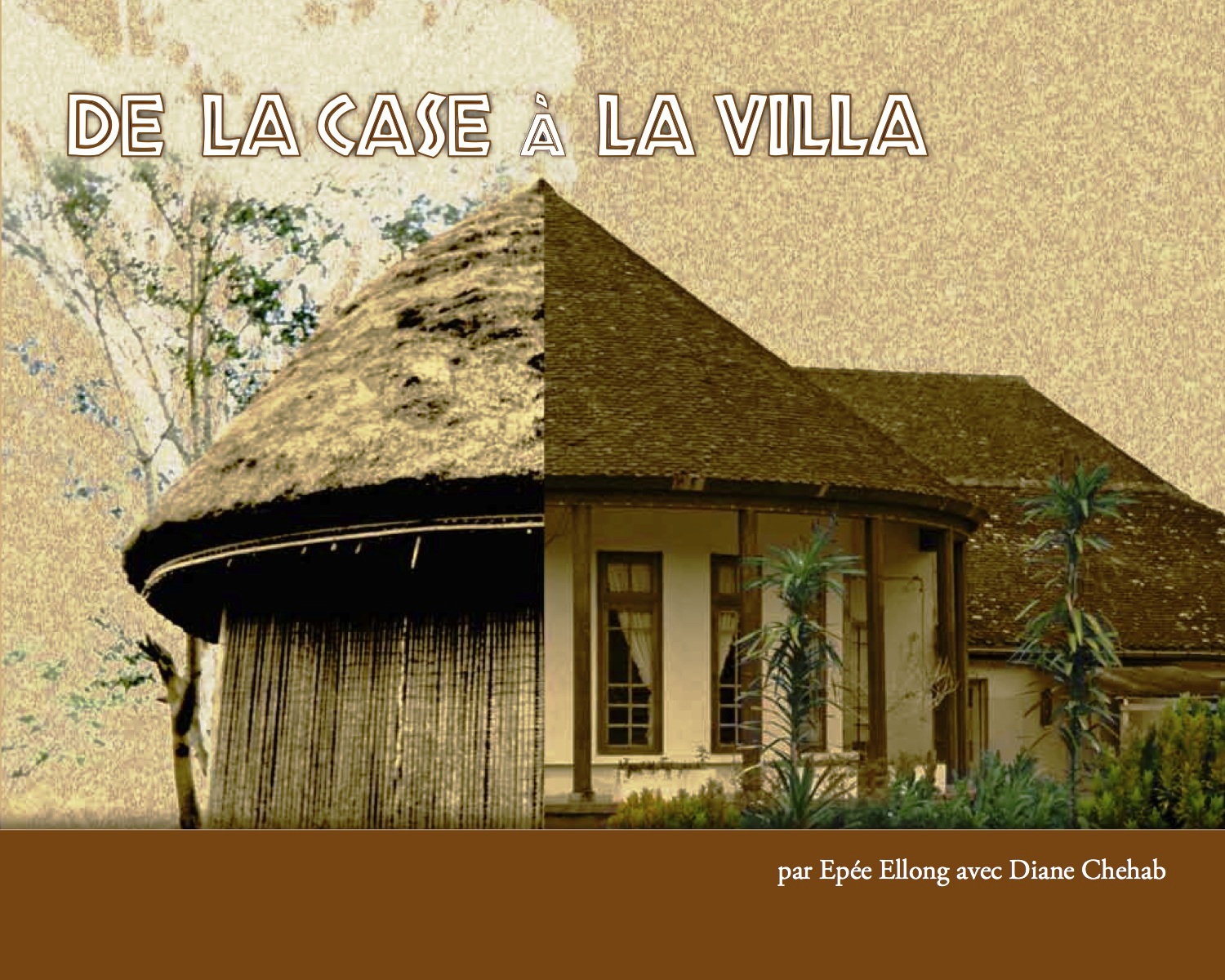"From the Hut to the Modern Home" book campaign
Update: The following campaign is now over--thank you to our contributors!
“From the Hut to the Modern Home” is a discussion and analysis of the evolution of housing in African architecture from traditional dwellings to the modern home.
Indiegogo campaign: http://igg.me/at/delacasealavilla
Central Africa . He traveled extensively
within Cameroon
The illustrations and images that accompany the text show the construction phases of traditional and contemporary architecture, as well as everyday objects. Many historical and linguistic references are used in order to better explain the changes on both a human and architectural level.
Paris , France Cameroon Guinea Ivory Coast
Questions? Please email us: Padouk@PadoukDesign.com
“From the Hut to the Modern Home” is a discussion and analysis of the evolution of housing in African architecture from traditional dwellings to the modern home.
Indiegogo campaign: http://igg.me/at/delacasealavilla
This book attempts to answer the African architect’s constant professional dilemma of adherence to the concept of “modern African” architecture, while recognizing that Africans no longer wish to live in traditional-style dwellings as their life style and housing needs continue to evolve.
The direction taken by Epée Ellong, and Diane Chehab, is to follow traditional African architecture through time to today’s African architecture, to show the contradictions in the social and technical transformations through various historical phases.
To accomplish this work, Epée Ellong delves into his own
experience and knowledge of The illustrations and images that accompany the text show the construction phases of traditional and contemporary architecture, as well as everyday objects. Many historical and linguistic references are used in order to better explain the changes on both a human and architectural level.
Subjects covered in the book include:
-Historical migrations in Africa
-Traditional architecture
in Cameroon
-Colonial architecture
-The consequences of social changes on architecture and construction
-The evolution of housing in Cameroon
-Thoughts on the future of African architecture.
What we need in order to
publish this book:
We need a minimum of $9,000 (USD) to edit, review graphics, and
print the book, which will most probably be about 230 pages in a 8” x 10”
format, with many color illustrations. The rewards proposed include, depending
on the pledge, illustrated color bookmarks, a book, a signed book, a telephone
conversation, or even your name mentioned in the book.
Why was this book written?
There are few books that explain the relationship between
history, colonization, sociology and architecture in Africa .
The authors
Epée Ellong is a native of Douala, Cameroon. He is an architect trained at the Ecole
des Beaux Arts in
CAEE’s projects brought Epee to many parts of Cameroon
Epée has been practicing architecture in the United States New York
Diane Chehab was born in the United States, lived in several
countries and continents, and studied architecture at the Lebanese University
in Beirut and at the Beaux Arts in Paris, France. She married her colleague,
Epée Ellong, and moved to Cameroon Duala , her spouse’s
language, to better understand the culture. She is currently living in the United States
Questions? Please email us: Padouk@PadoukDesign.com




great
ReplyDelete